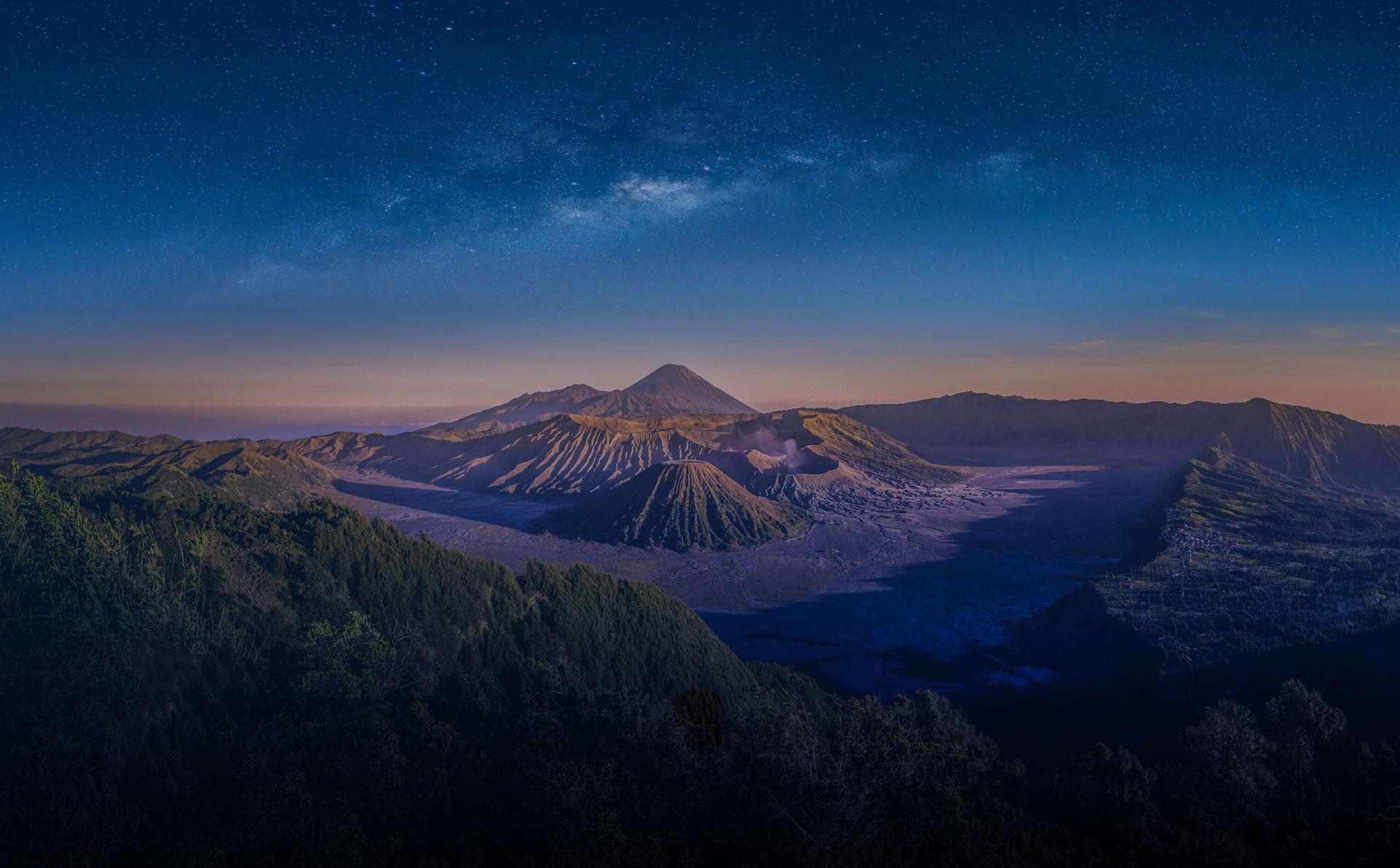Phuket in September is warm, green and very, very wet. You’re right in the middle of the southwest monsoon, so expect steamy days, rough seas and a lot more space to yourself. The trade-off? Cheaper stays, emptier attractions, and the island’s full tropical glow. Island-hopping takes a backseat this month. But cooking classes, massages, and indoor hangs step into the spotlight. If you don’t mind packing a poncho (and a back up plan), Phuket in the rainy season can be a quieter, better-value way to explore.
Is September a good time to visit Phuket?
If you’re chasing beach clubs and blue-sky days, this isn’t Phuket’s peak. But if you’re into fewer tourists, flash hotel deals and a calmer pace, September might surprise you. Expect regular tropical showers — dramatic, but short — with sunshine in between.
It’s not the best time for swimming or boat-hopping (especially around Phi Phi and Similan), but land-based fun is still on. Fewer crowds mean easier access to temples, markets and spa days. And if you’re lucky with the lunar calendar, you’ll catch the dramatic early days of the Vegetarian Festival: fireworks, rituals and all.
Is September a cheap or expensive time to visit Phuket?
September is one of the cheapest months to visit Phuket, thanks to it being in the full swing of low season. Flights from Australia often dip, and big-name resorts roll out rainy-season deals. You might score a free night, cheeky suite upgrade or buffet brekkie just for showing up in September. Luxe digs feel way more gettable this time of year, especially mid-week, when it’s just you, the rain, and the dressing robe.
Fewer tourists also mean better odds on discounted transfers, spa days or Thai cooking classes. Just watch the fine print on boat tours — they don’t always refund if the weather turns.
Weather in Phuket in September
September is peak wet season in Phuket, with around 400 mm of rain falling over 20 to 22 days. Don’t expect constant drizzle, though. Showers usually hit hard and fast, mostly in the afternoons or overnight. Mornings can still bring warm sun and cloud breaks.
Temps sit between 24–31 °C with humidity that’ll make your hair give up by breakfast. Pack light, breezy clothes. The west coast cops the wildest waves, with red flags flying on most beaches = no swimming and no dips. East-facing spots like Ao Yon stay a bit calmer, and inland sights are still a go. Bring waterproof shoes and a plan B.
Where to go in Phuket in September
Festivals and events in Phuket in September
Best things to do in Phuket in September
Ready to go to Phuket?
In This Article
Must-Try Activities in Phuket

Siam Niramit Show Phuket | Thailand

Phuket, Thailand SIM Card - Enjoy Local Network, Collect from Airport

Phi Phi, Maya Bay, Pileh Lagoon, & Bamboo Islands Day Tour by Love Andaman

Simon Cabaret Show Phuket Tickets
Recommended Articles

Best solo travel destinations

Visa Applications Made Simple with Traveloka & SPUN Service

9 of the best beach destinations in Australia

Multi-city vs one-way flights: What’s better?

Meet neighbour-free seating: Your guarantee of an empty seat next to you on a plane

Where to sleep in Perth Airport: Our guide to catching shut-eye before your flight
Explore the Best of Phuket

Phuket

Thalang District

Mueang Phuket District

Kathu District










 Instagram
Instagram TikTok
TikTok Youtube
Youtube
